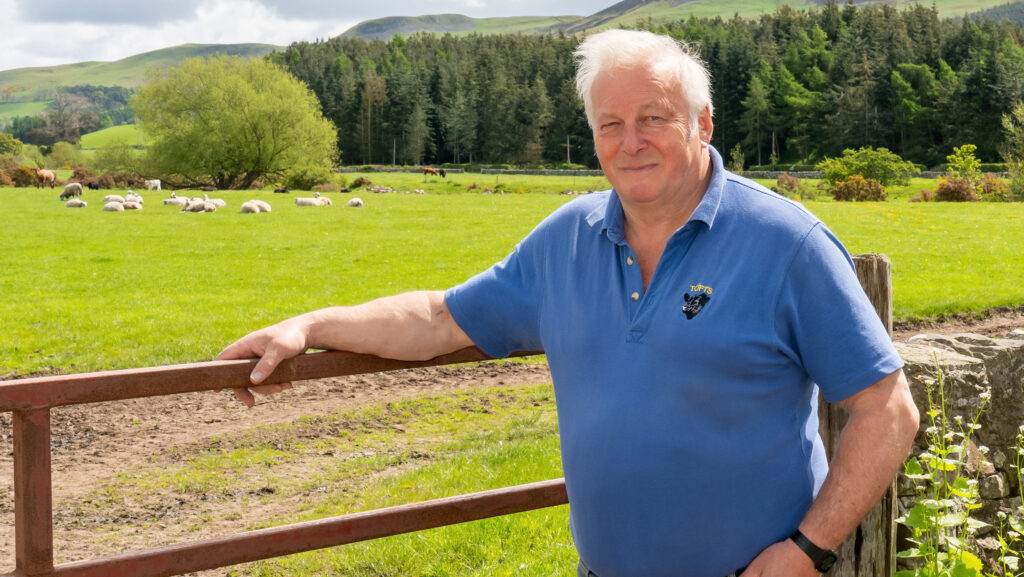Farmer Focus: Aussie farmers share drought stats on UK tour
 James Playfair-Hannay © Angus Findlay
James Playfair-Hannay © Angus Findlay I have just completed a two-week stint as tour guide for Field Farm Tours with a group of Australian farmers, mostly from New South Wales.
Several of these visitors were into their second year of drought, with one having spent more than A$1m dollars (£476,720) on feed supplies for their cows.
They are now in the situation where there is no forage available for thousands of kilometres. Destocking has been ongoing to protect the breeding stock.
See also: Why Angus breeder prioritises health and forage-only diets
Our tour started from London and took in some fascinating farms and businesses (as well as some cultural sites).
They included Rothamsted, where wheat has been grown continuously in one field since 1843, and two farms in Surrey: the Titsey estate, which has the largest herd of Sussex cattle in the UK, and the Rosemead Aberdeen Angus herd, which practises rotational grazing.
At Eastbrook Farm in Wiltshire (owned by Soil Association chair Helen Browning’s family), we gained insights on organic farming, and at the John Innes Centre, Norfolk, we learned about trials on the effect of winter temperatures on oilseed rape yields.
We also visited the equine artificial insemination and embryo transfer facilities at Twemlows Stud Farm, Shropshire, and saw how Burden Bros on the Isle of Sheppey combine farming with several other businesses.
We then went to Dunalister estate, Perthshire, and the neighbouring deer farm at Kinloch Rannoch, before finishing our tour at the Royal Highland Show.
Our Australian visitors loved the event, however, they were not overly impressed by the livestock – too-high maintenance and a lack of focus on the eatability of the end-product.
They were envious of the financial support that we receive from our governments, especially for environmental schemes, but thought it bonkers that we are not focusing on food production.
Back home, with more than 80mm of rain in the past five weeks, our dry spell has broken (can’t call it drought by Aussie standards). Crops are looking well, and the grassland has freshened up.
The bulls have gone to the cows this past couple of days. As there was a shortage of grass, the bulls have been inside for longer that we had wished, so hopefully it won’t be too much of a shock for them to serve cows.
To ensure best results, we are rotating the bulls every three weeks.

